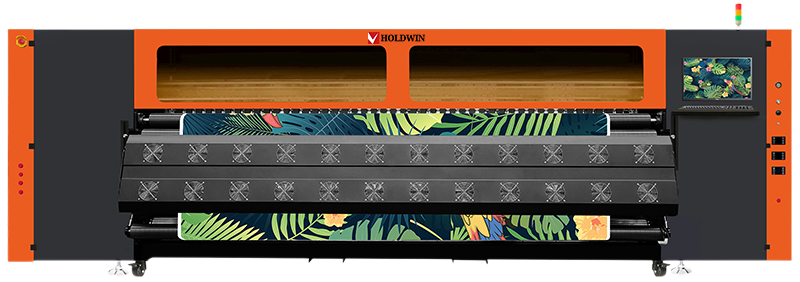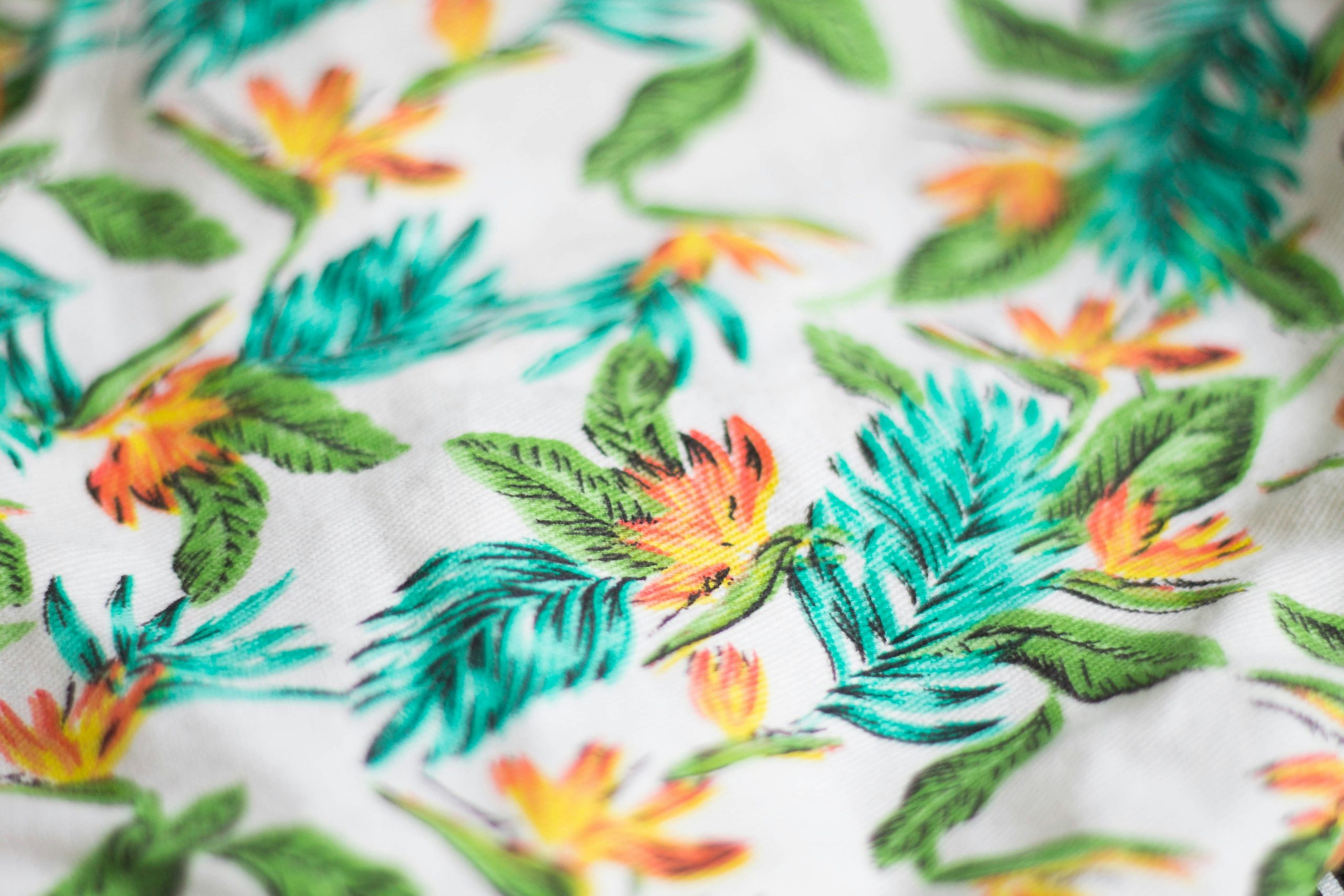
Digital textile printing has emerged as a groundbreaking technology, transforming the way textiles are printed in the fashion, interior, and promotional product industries. From high-quality, vibrant designs to the ability to print on-demand, digital printing offers numerous advantages over traditional textile printing methods. As a media operations specialist at HOLDWIN, a global leader in digital printing technology, we are excited to share insights into digital textile printing and its principles, illustrating how this innovative approach is reshaping the textile manufacturing industry.
Digital textile printing is the process of using digital technology to transfer designs directly onto fabric. This method allows for high-resolution prints, complex designs, and color-rich patterns to be created with greater efficiency and less waste compared to conventional methods like screen printing. With advancements in digital printing equipment, like those offered by HOLDWIN, textile manufacturers and designers can access a new world of possibilities, including customization, quick turnarounds, and cost-effective production.
In this article, we will explore the principles of digital textile printing, the various types of digital printing technologies used in the textile industry, and the advantages that make this method a game-changer. We will also discuss how HOLDWIN is committed to staying at the forefront of digital printing technology, providing solutions tailored to meet the specific needs of our customers.
Digital textile printing operates through the use of specialized inkjet technology to apply designs directly to fabric. Unlike traditional methods that require screens or plates, digital printing allows designers to input digital files into the printer, which then prints the image onto the textile in a precise and efficient manner.
There are several key components involved in the digital textile printing process:

There are several key types of digital printing technologies used in the textile industry, each with its unique features and advantages:
Sublimation printing is a popular method used for printing on polyester fabrics. The process involves turning solid dye into gas without passing through the liquid phase. This allows the dye to penetrate the fibers of the fabric, creating vibrant and durable prints. Sublimation printing is ideal for creating high-quality, full-color designs on items such as sportswear, fashion garments, and home textiles.
Direct-to-Fabric (DTF) printing is another commonly used method for textile printing. In this process, ink is directly applied to the fabric’s surface. DTF printing is suitable for a wide range of fabrics, including natural fibers like cotton and linen, as well as synthetic materials. This method is gaining popularity due to its ability to produce high-quality prints at a low cost per print, making it ideal for small-scale production runs or on-demand customization.
UV printing is used to print on both rigid and flexible materials, making it a versatile option for a variety of textile products. UV printers use ultraviolet light to cure the ink instantly, providing a durable and high-quality print. This method is especially useful for printing on synthetic fabrics and hard materials such as leather, wood, and plastics, expanding the possibilities for textile designers and manufacturers.

Digital textile printing offers a wide range of advantages over traditional printing methods. These benefits are driving the adoption of digital printing technology across the textile industry.
One of the most significant benefits of digital printing is the ability to create highly customized prints. Designers and manufacturers can easily modify designs, experiment with colors, and produce small quantities of custom products. This is particularly advantageous for industries like fashion, where fast turnaround times and unique, one-of-a-kind products are essential.
Traditional printing methods like screen printing often result in a significant amount of waste, both in terms of excess ink and fabric. Digital printing minimizes this waste because it uses precise inkjet technology, allowing for better control over ink usage. Additionally, there is no need for screens or stencils, which eliminates material waste associated with these processes.
With digital textile printing, there is no need for lengthy setup times or preparation. Designers can print directly from digital files, reducing lead times and allowing for quicker production. This makes digital printing particularly valuable for small orders or fast-paced fashion trends.
Digital printing allows for fine details, complex designs, and vibrant colors that are difficult to achieve with traditional methods. The resolution of digital prints is much higher, ensuring that even the smallest design elements are captured with precision. This quality makes digital textile printing ideal for high-end fashion, home decor, and promotional products.

At HOLDWIN, we are dedicated to advancing digital textile printing technology. Our mission is to become a world-renowned brand, providing cutting-edge solutions that meet the evolving needs of textile manufacturers, designers, and print service providers globally.
We are constantly improving our printing equipment, incorporating advanced features like white ink support, high-speed printing, and precise color management. Our products are designed with ease of use and high productivity in mind, allowing our customers to streamline their operations and achieve exceptional print quality.
Through ongoing innovation, personalized solutions, and expert training, HOLDWIN is well-positioned to help our clients thrive in the digital printing age.
Digital textile printing represents the future of textile manufacturing, offering advantages in customization, efficiency, and environmental sustainability. As the industry continues to evolve, technologies like those provided by HOLDWIN will play a critical role in shaping the future of fabric printing. Whether you’re a textile manufacturer, fashion designer, or digital printing enthusiast, embracing digital textile printing can unlock new opportunities for innovation and growth.
“Since we switched to HOLDWIN’s digital textile printers, our production speed has significantly increased, and the quality of our prints is second to none. We can now offer our clients customized designs at a fraction of the time and cost of traditional methods. The support team at HOLDWIN has been incredible, providing tailored solutions that helped us optimize our workflow. We are excited about the future of our business with digital printing.”

Zhiyu is passionate about good products, good services, and good prices to let consumers know that choosing us is the right choice! For partners and end customers, we will provide one-on-one considerate smart services and provide you with more high-quality procurement solutions.